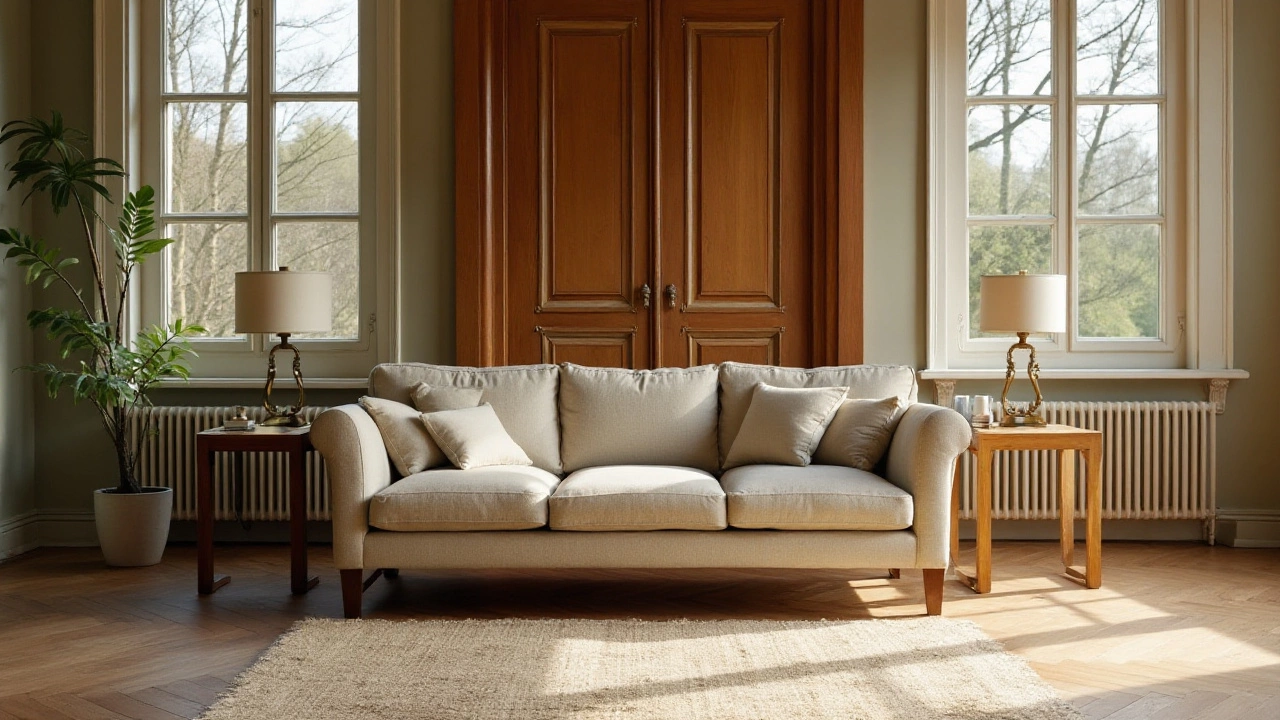Home Interior Ideas & Simple Styling Tips
Want a room that feels inviting without spending a fortune? You don’t need a design degree—just a few smart moves. Below you’ll find quick fixes for sofas, chairs, bookshelves and more, all aimed at turning any space into a comfortable, stylish spot.
Living Room Basics
The sofa is the room’s anchor. Pick a frame made of hardwood for durability, then choose upholstery that matches how you live. Leather lasts longer with kids and pets, while high‑density foam cushions keep shape for years. Arrange cushions on a corner sofa by placing the largest ones at the back and layering smaller ones in front—this adds comfort and visual interest.
Next, think about TV placement. A good rule of thumb is to sit about 1.5 times the screen diagonal away from the TV. For a 55‑inch set, that’s roughly 7‑8 feet. Measure your couch distance, then adjust the stand or wall mount accordingly. This simple math helps reduce eye strain and makes movie nights more enjoyable.
Don’t forget the coffee table. A round table that’s about two‑thirds the height of your sofa seat works best. Keep enough clearance for legs to move freely—around 12‑18 inches is ideal. If you’re debating a rug under the table, choose a rug that extends at least 18‑24 inches beyond the table edges. This frames the area without making it feel cramped.
Smart Furniture Choices
When space is tight, a storage bed can save a lot of room—but avoid stuffing heavy boxes under it. Moisture‑rich items can damage the mattress and cause mould. Instead, store linens, shoes or seasonal decor in breathable containers.
If you need a flexible work chair, consider alternatives like a kneeling chair or an active‑sitting ball. These keep you moving and can relieve back pain, especially if you spend long hours at a desk. For seniors, look for chairs with firm cushions, sturdy armrests and a gentle recline—comfort and safety go hand in hand.
Bookshelves aren’t just for books. Use them to display plants, art pieces and decorative boxes. In a small bedroom, place a narrow bookshelf against an empty wall to add storage without eating up floor space. Follow the rule of keeping heavier items on lower shelves for stability.
Outdoor furniture also benefits from weather‑resistant materials. Aluminum frames and teak slats shrug off rain, snow and sun, so your patio set stays looking fresh year after year. Pair them with quick‑dry cushions for extra comfort.
Finally, personalize your space with a few well‑chosen accents. A stylish lamp, a patterned throw or a few vintage pieces can make a room feel lived‑in. The key is to keep clutter low and let each item have a purpose.
These easy tweaks don’t require a full remodel, but they can dramatically lift the look and feel of any home interior. Try one or two today and notice the difference right away.
Is It Wise to Place a Sofa in Front of a Door? Uncover the Pros and Cons
Deciding whether to place a sofa in front of a door is a common conundrum in home design. This article explores the practicality and aesthetic considerations of such an arrangement, discussing influences from layout efficiency to feng shui. It provides insights on how this positioning might impact room flow, accessibility, and overall comfort. Readers will find tips on alternative arrangements and how to overcome potential drawbacks effectively.
More
